No products in the cart.
Fiber Broadband Paves the Way for the Future of Smart Homes
Home Fiber Broadband Paves the Way for the Future of Smart Homes
- Home
- Resource Hub
- Millennium Blog
- Fiber Broadband Paves the Way for the Future of Smart Homes
Fiber Broadband Paves the Way for the Future of Smart Homes
RURAL HOMEBUYERS WANT FIBER INTERNET
In today’s connected age, high-speed internet has become a must-have for homebuyers. Some homebuyers are even turning down rural homes that lack a fiber connection or no internet connection at all, and many home sellers with fiber internet have experienced 2.5% sales premiums above expectations, according to a 2022 Zillow Report. While embracing flexible work options, remote workers are increasingly inflexible when it comes to broadband access and some homebuyers are turning down unconnected homes (Zillow, 2022). What does this increase in consumer demand for high-speed internet mean for broadband network owners? Now is the time to transition from WISP to FISP and future-proof your network to stay competitive.
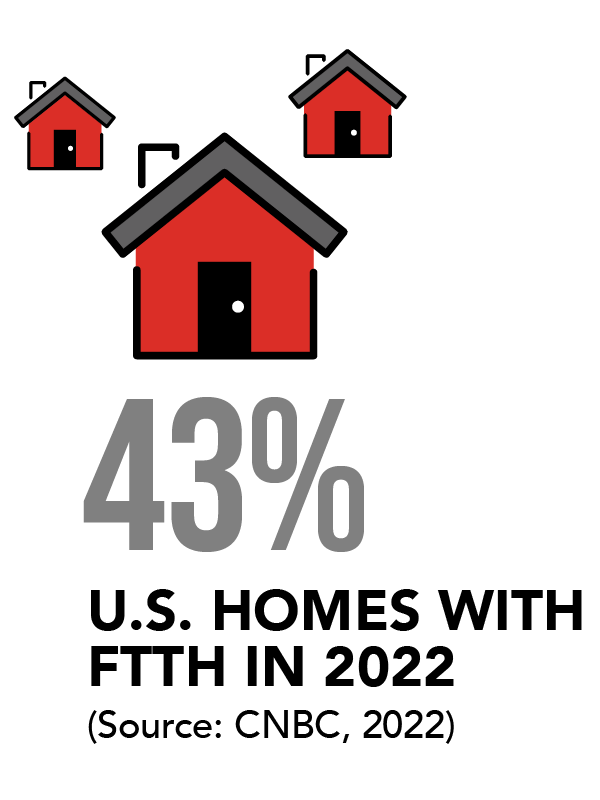
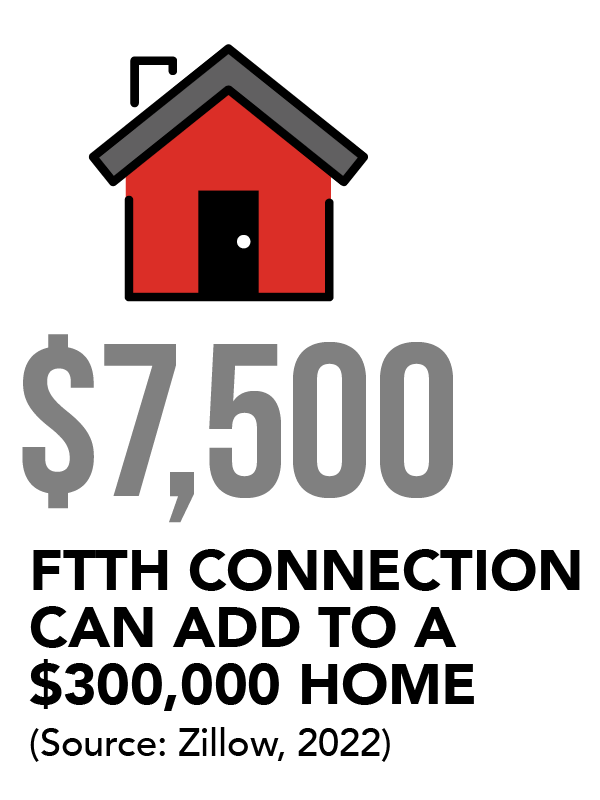
FUTURE-PROOF AS YOU EXPAND YOUR BROADBAND BUSINESS

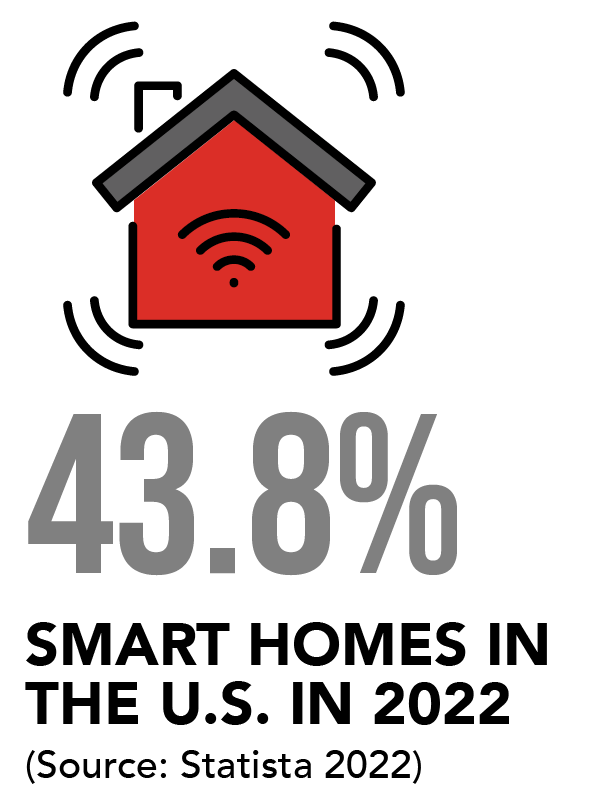
The future demands on fiber networks are already here. Future-proofing your network is essential to sustain your business and avoid churn. With the shift to remote work during the pandemic, many Americans traded urban locations with short commute times for larger rural homes that offered more affordable square footage (Zillow, 2021). Known as the Great Reshuffle, this widespread phenomenon made reliable, high-speed internet a must-have home feature for many Americans. And current trends in device ownership and home tech are only increasing the demands on fiber networks, so future-proofing your network should be a top priority.
-
NEXT COMPETITIVE EDGE
-
SMART HOME DEFINED
- POPULAR SMART HOME DEVICES
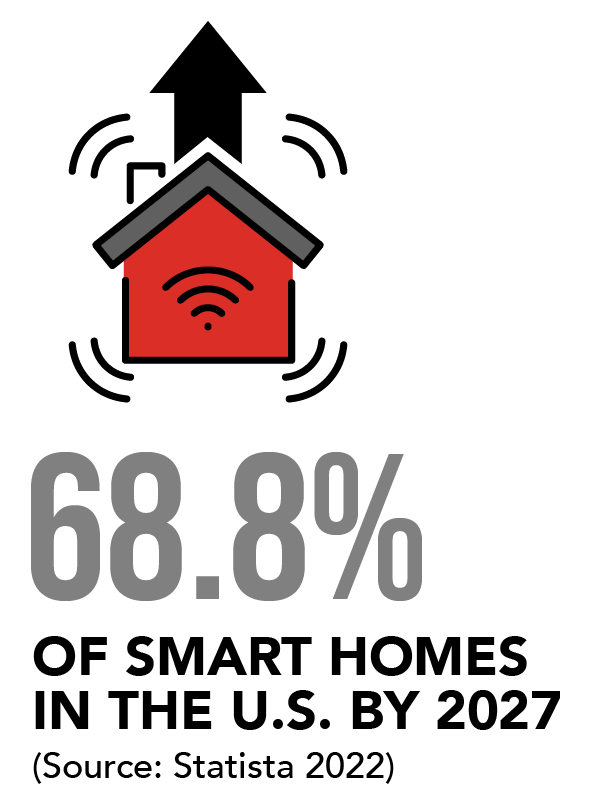
The projected growth of smart homes and the bandwidth demands of these homes make the argument for transitioning from WISP to a FISP model. Interested in going WISP to FISP? Check out our blog post “WISP Resources: WISP To FISP: 5 Things You Should Know (Webinar + Checklist)” to get started.
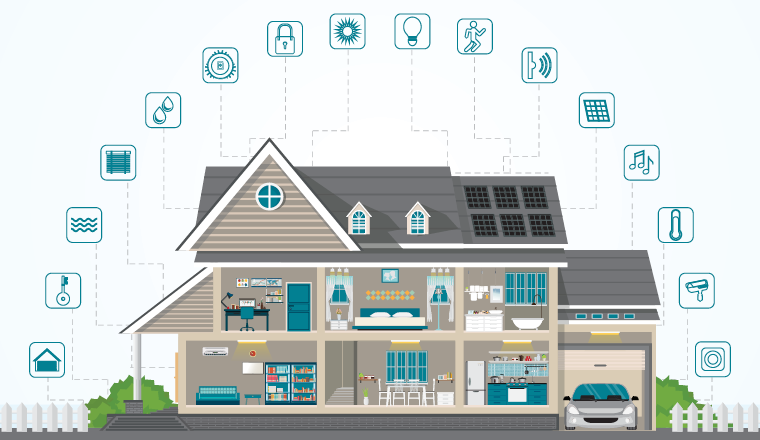
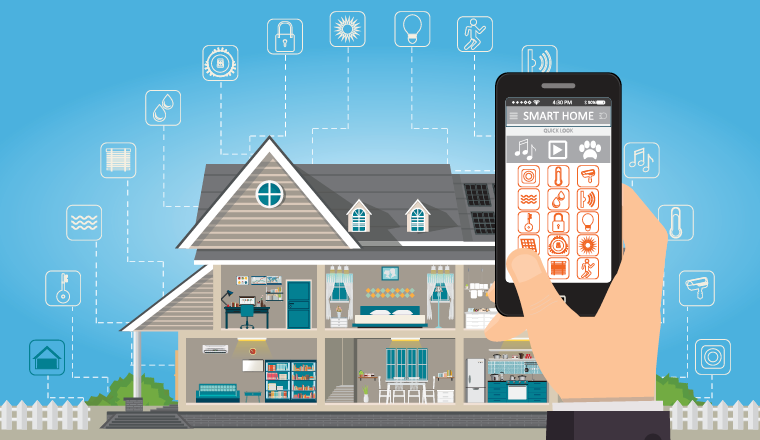
HOME AUTOMATION – smart devices built for home management can control devices and appliances remotely and assists with energy management to save money. - Smart bulbs/smart wall switch - Washers and dryers - Kitchen gadgets
HOME SECURITY - Home security cameras (indoor & outdoor) - Video/smart doorbells - Smart locks
Smart home devices are data intensive and use cloud-based storage services that require fast data transfer speeds for reliable synchronization, making high-speed internet essential to making everyday life easier.
FUTURE-PROOFING BROADBAND NETWORKS TO SUPPORT SMART HOMES
Smart homes are getting more sophisticated as tech evolves, and future-proofing will keep your network relevant. Differentiating your network in the era of smart homes requires considering new ways to manage your network efficiently.
BENEFITS
OF AN AI-ENHANCED NETWORK
• Actionable, real-time intelligence on network performance and management
• Proactive network monitoring with predictive maintenance
• Distinguish service delivery
• Optimize customer experience
REASONS
TO DITCH LEGACY NETWORK MANAGEMENT
• AI-managed broadband
• Cloud-based analytics and network management
• Cloud-based monitoring and testing
INTERESTED IN USING AI TO DIFFERENTIATE YOUR NETWORK?
Adtran has end-to-end fiber solutions that streamline a high-quality future-proof network.
Creating a future-proof network strategy involves a two-fold approach that considers the ease of making fiber network upgrades to handle the growing bandwidth needs of smart homes and managing user experience on current FTTH connections. Finding a solution that can scale with your network may be the most cost-effective option, and open architectures allow for quicker scalability of your network. Adtran would be worth checking out as they have a 10G XGS-PON solution that can help you meet users’ needs today and in the fast-approaching future. If one thing is certain about internet usage, the rise of AI will create more demanding smart tech that requires seamless connectivity, and customers will be on the hunt for a network that can deliver.
- Feasibility Studies & Network Design Plans
- Financing & Grants
- Project Resource Management
- Material Supply & Logistical Planning
- Equipment Leasing & Rentals



